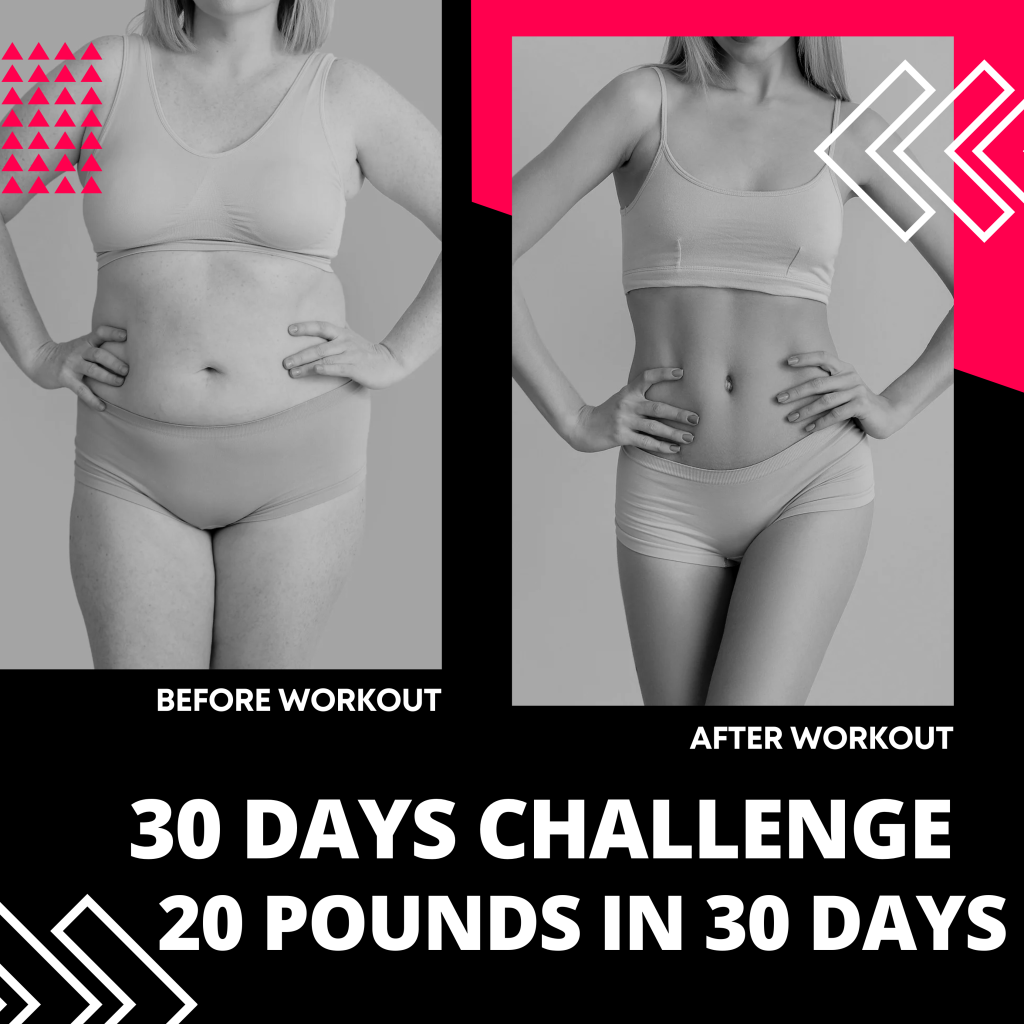

The ketogenic diet, commonly known as the keto diet, has been gaining popularity in recent years for its promise of rapid weight loss and improved health. However, before you dive headfirst into this high-fat, low-carb diet, it’s important to understand the ins and outs of the keto diet to ensure you are successful in achieving your health and weight loss goals.
What is the Keto Diet?
The keto diet is a high-fat, moderate-protein, and low-carbohydrate diet that forces the body to burn fats for energy instead of carbohydrates. By drastically reducing your carb intake and increasing your fat intake, your body enters a state of ketosis, where it produces ketones from fat stores as an alternative fuel source. This process can lead to rapid weight loss, improved mental clarity, and increased energy levels.
What to Eat on a Keto Diet
On a keto diet, your meals should consist of high-fat foods such as avocados, nuts, seeds, cheese, butter, fatty cuts of meat, and oils like coconut and olive oil. You should also include moderate amounts of protein from sources like poultry, fish, and eggs. Avoid high-carb foods like bread, pasta, rice, and sugary foods, as well as starchy vegetables like potatoes and corn.
Navigating the Ins and Outs of the Keto Diet
Before you begin the keto diet, there are a few key things to keep in mind:
1. Understand the macro breakdown: To achieve ketosis, your daily macronutrient breakdown should be around 70-80% fat, 15-20% protein, and 5-10% carbohydrates. Tracking your macronutrient intake using a food diary or app can help ensure you are staying within these guidelines.
2. Stay hydrated: On a keto diet, your body excretes more water and electrolytes, leading to dehydration and electrolyte imbalances. Be sure to drink plenty of water and include electrolyte-rich foods like leafy greens, nuts, and avocados to prevent these issues.
3. Watch out for hidden carbs: Some foods that may seem keto-friendly, like certain vegetables and processed meats, can actually be high in carbs. Be sure to read labels carefully and track your carb intake to avoid accidentally going over your daily limit.
4. Monitor your ketone levels: To ensure you are in ketosis, you can use urine strips, blood tests, or breath analyzers to measure your ketone levels. This can help you adjust your diet and track your progress towards your weight loss and health goals.
In conclusion, the keto diet can be a powerful tool for weight loss and improved health when followed correctly. By understanding the basic principles of the keto diet and navigating the ins and outs of this high-fat, low-carb lifestyle, you can set yourself up for success on your journey towards a healthier, happier you. Remember to consult with a healthcare professional before starting any new diet, especially if you have any underlying health conditions.






